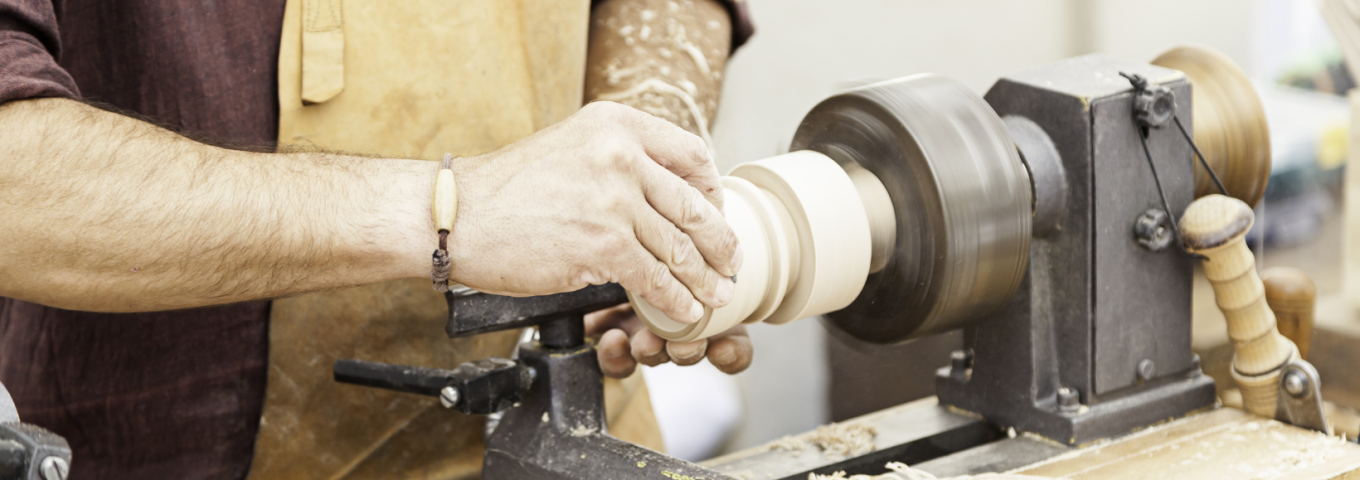Health Effects of Wood Dust Exposure and How to Protect Yourself
The effects of wood dust exposure can be extremely damaging to your health. So, if you work with wood, it’s crucial that you’re aware of the risks you’re exposed to so that you can protect yourself and work safely.
This article explains the health risks associated with working with wood dust and provides some practicable control measures that you can implement to help to protect yourself and your workers.
What is wood dust?
Wood dust is the result of processing any wood. Sanding, routing, sawing, and shaping wood causes fine particles of wood dust to become airborne, which can be inhaled or come into contact with the skin, triggering a number of health issues.
What are the risks?
Occupational exposure to wood dust affects millions of workers worldwide every year. Wood dust exposure has been linked to various health issues due to the natural chemicals and bacteria in the wood. Some of the most commonly associated health issues include:
Asthma – Asthma is a common chronic condition which affects the airways. Due to inflammation, the airways swell and become narrow, causing shortness of breath, a tight chest, wheezing, and coughing.
Dermatitis – Dermatitis is a type of eczema triggered by contact with a particular substance and usually presents itself in the form of itchy, sore, blistered, or cracked skin.
Irritation to the throat, nose, and eyes – The fine dust particles are known to cause irritation to the eyes, nose, and throat.
Nasopharyngeal Carcinoma – Linked to hardwood dust exposure in particular, Nasopharyngeal Carcinoma is a rare type of cancer that occurs in the nasopharynx.
What does the law say about working with wood dust?
Wood dust is recognised as a substance hazardous to health and is therefore covered by COSHH Regulations. This means that employers have a legal duty to carry out a suitable and sufficient risk assessment and take steps to ensure they prevent or adequately control exposure to wood dust in the workplace.
Recommended limits for exposure
As with all substances hazardous to health, wood dust has a Workplace Exposure Limit (WEL). This is the legal limit set on the amount of wood dust that can be present in workplace air.
Both hardwoods (deciduous trees that lose their leaves in the autumn) and softwoods (coniferous trees that do not lose their leaves) have different WEL limits listed below:
- The WEL for hardwood dust is 3mg/m3 (based on an 8-hour average).
- The WEL for softwood dust is 5mg/m3 (based on an 8-hour average).
Any exposure levels that exceed the limits listed above are considered a risk to workers’ health.
How to keep yourself and your employees safe
When working in the woodworking industry, there is nothing more important than ensuring the health and safety of workers are protected.
Use a dust extraction system – A LEV system can be fitted to woodworking machines to capture the fine wood dust and remove it from the worker’s breathing zone, eliminating the hazard at the source.
Provide protective equipment
It’s important to ensure that you provide your workers with protective equipment to limit their exposure to harmful dust, such as:
- Respirator masks to prevent inhalation.
- Protective clothing and gloves to limit skin exposure.
Do not use compressed airlines – Never use compressed airlines or dry sweep wood dust, as this will redistribute the dust and create dust clouds, increasing the risk of inhalation.
Vacuum – When cleaning up wood dust, always use vacuum equipment that meets at least the ‘medium hazard’ dust class.
Speak to the professionals
We are a leading provider of high-quality, customised dust and fume extraction systems and have been designing, building, and installing bespoke systems specifically tailored to the woodworking industry for several years.
If you want to speak to us about a Lev system for your workplace, please call our P601-qualified engineers on 07967 380876.

